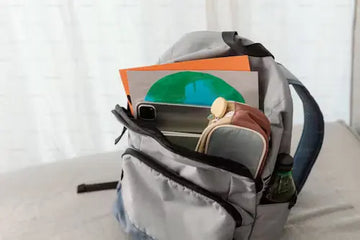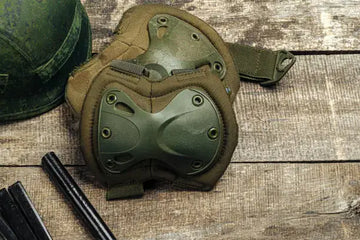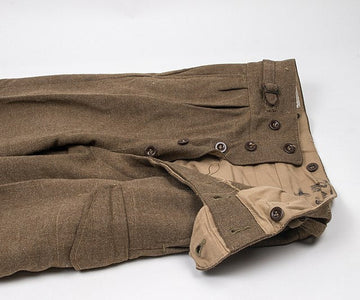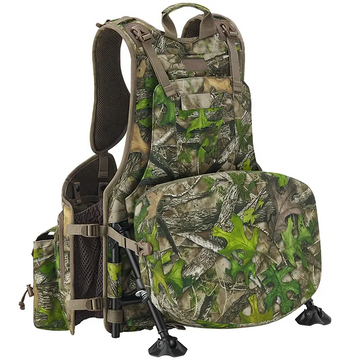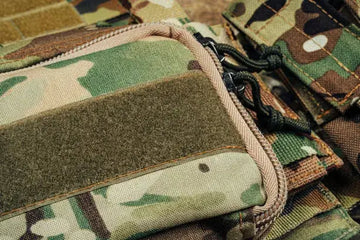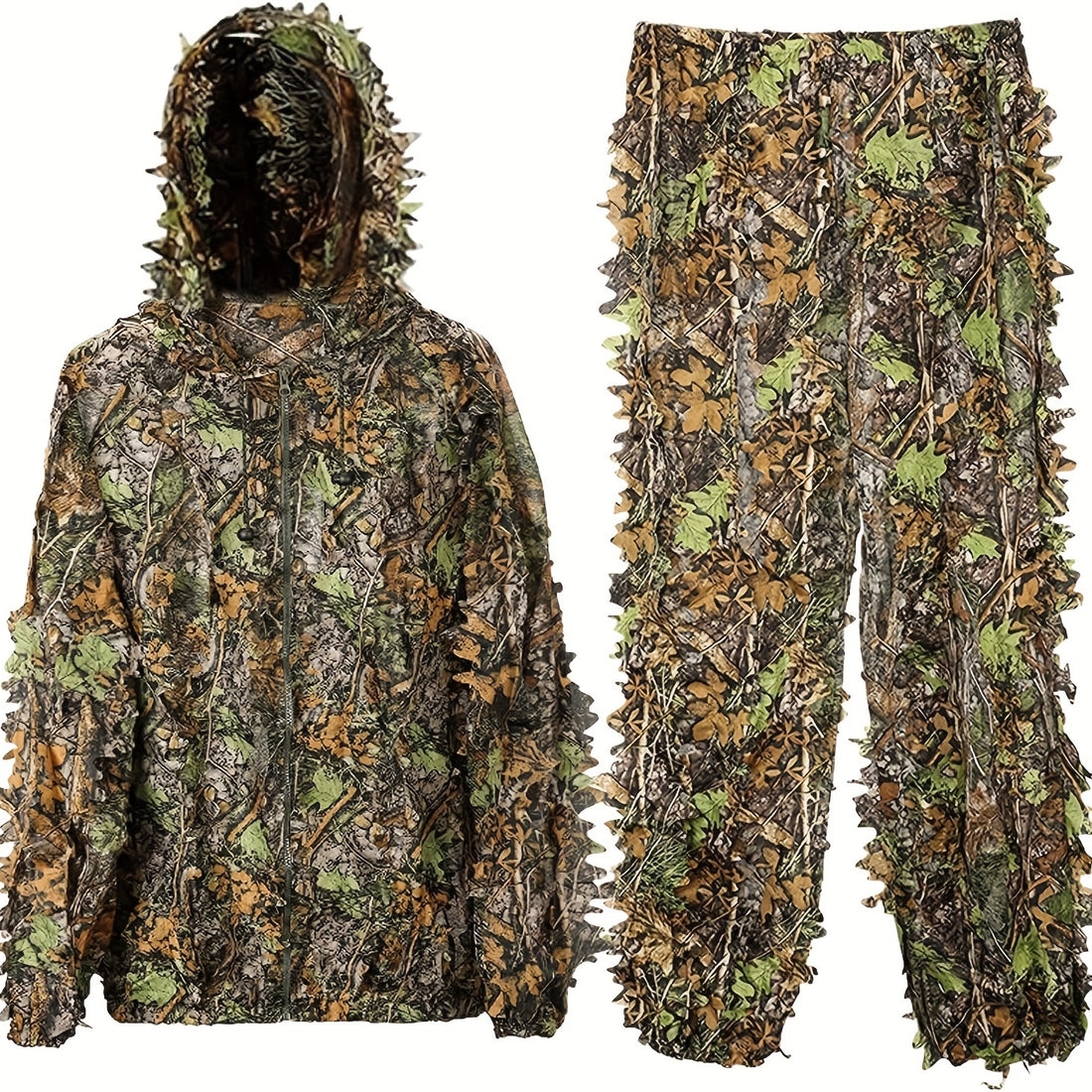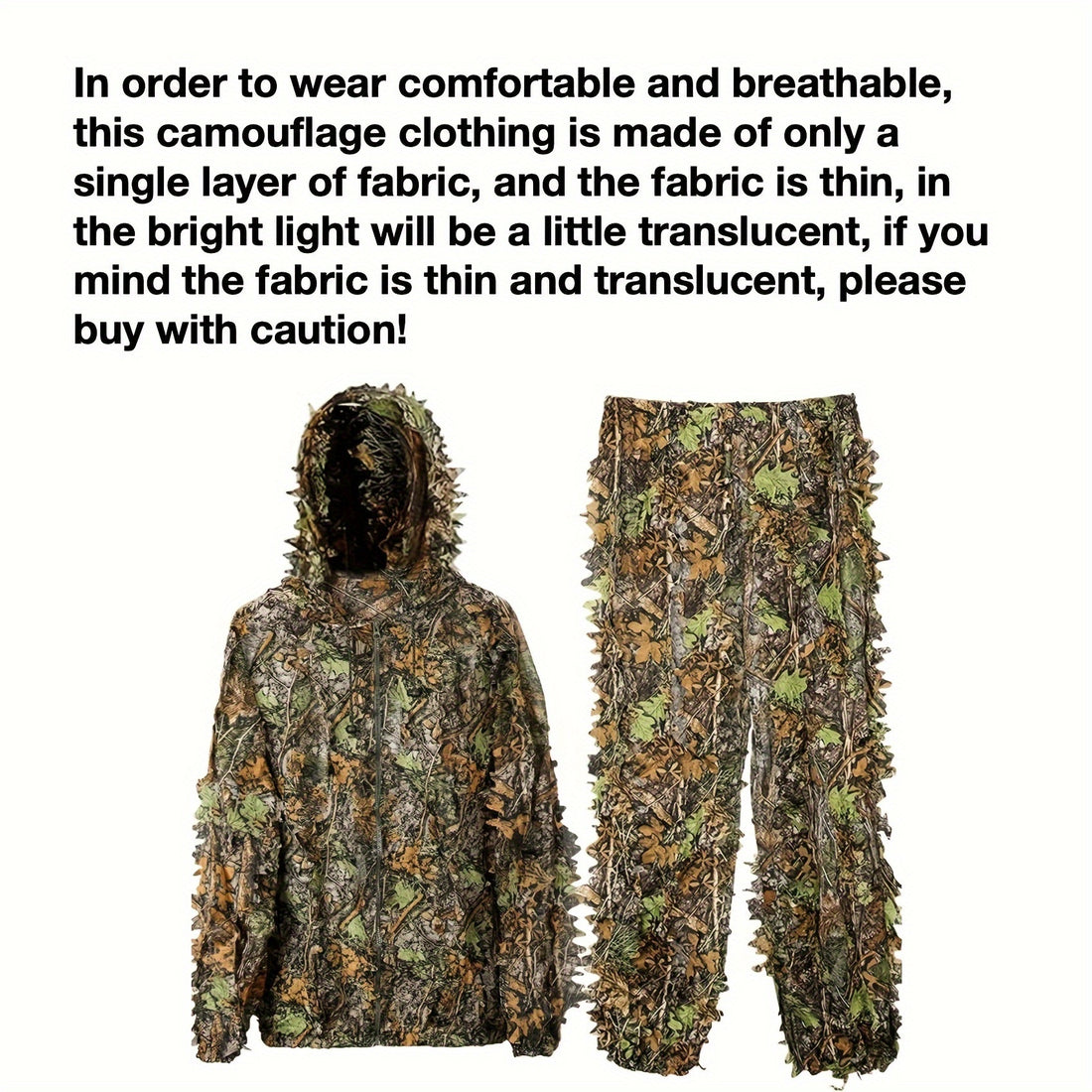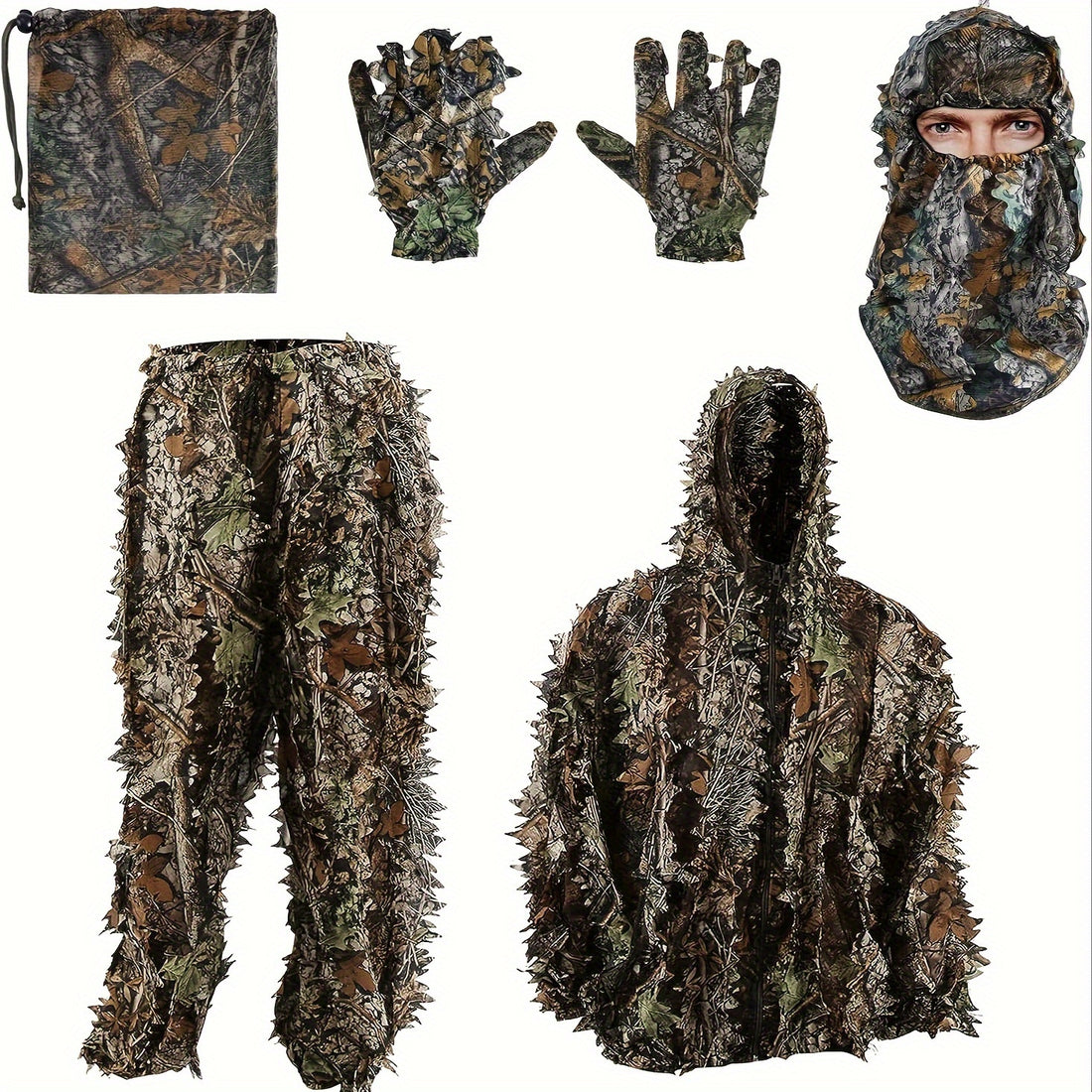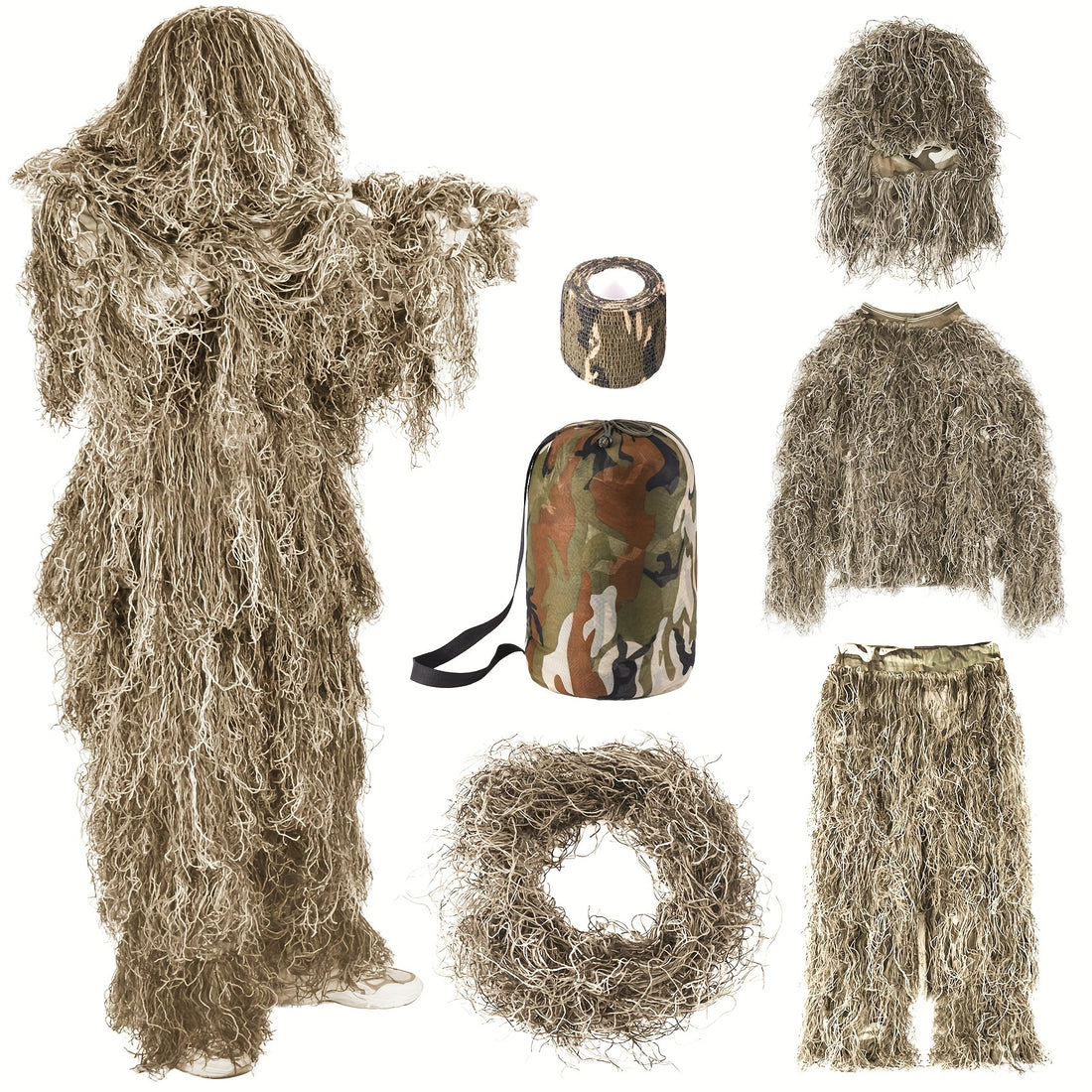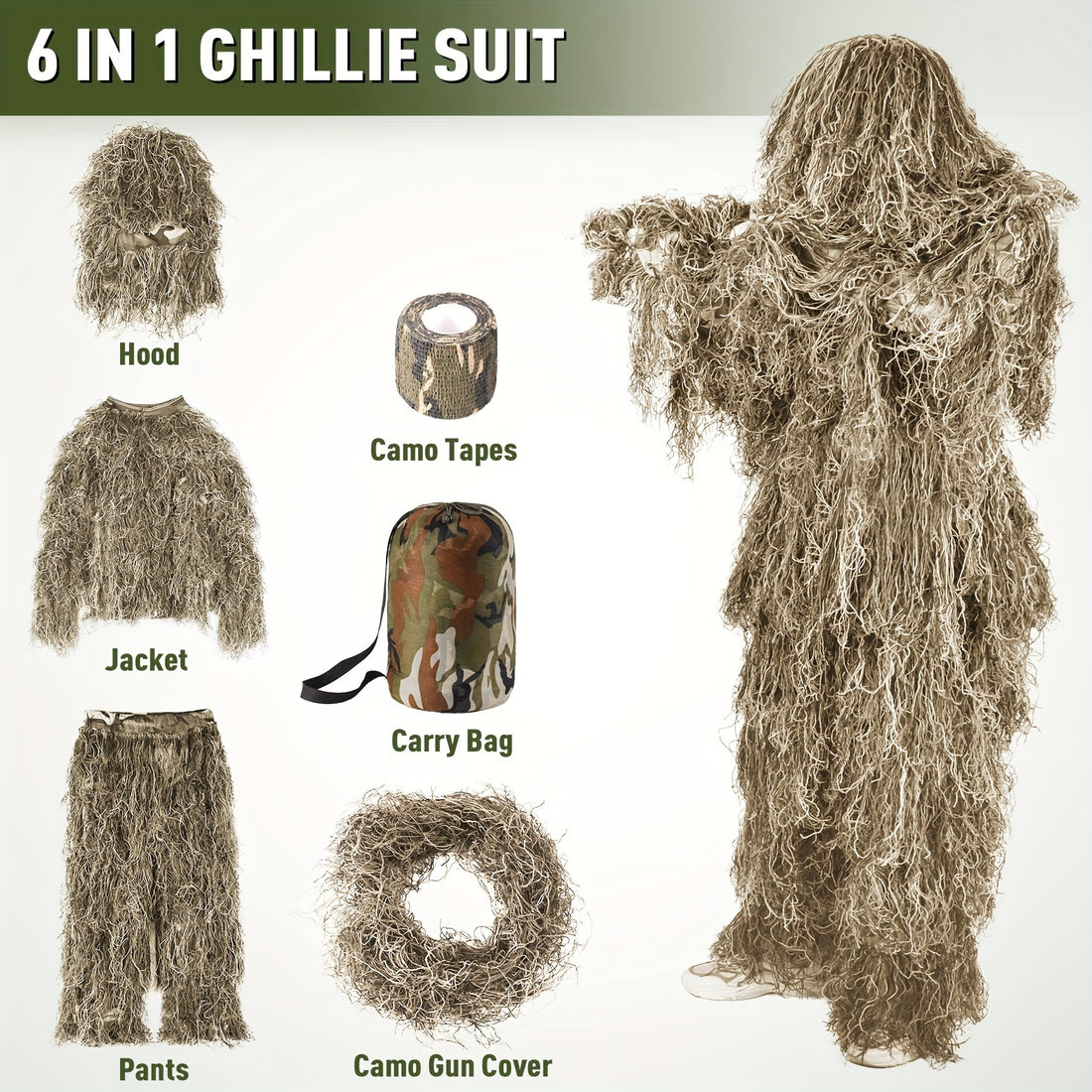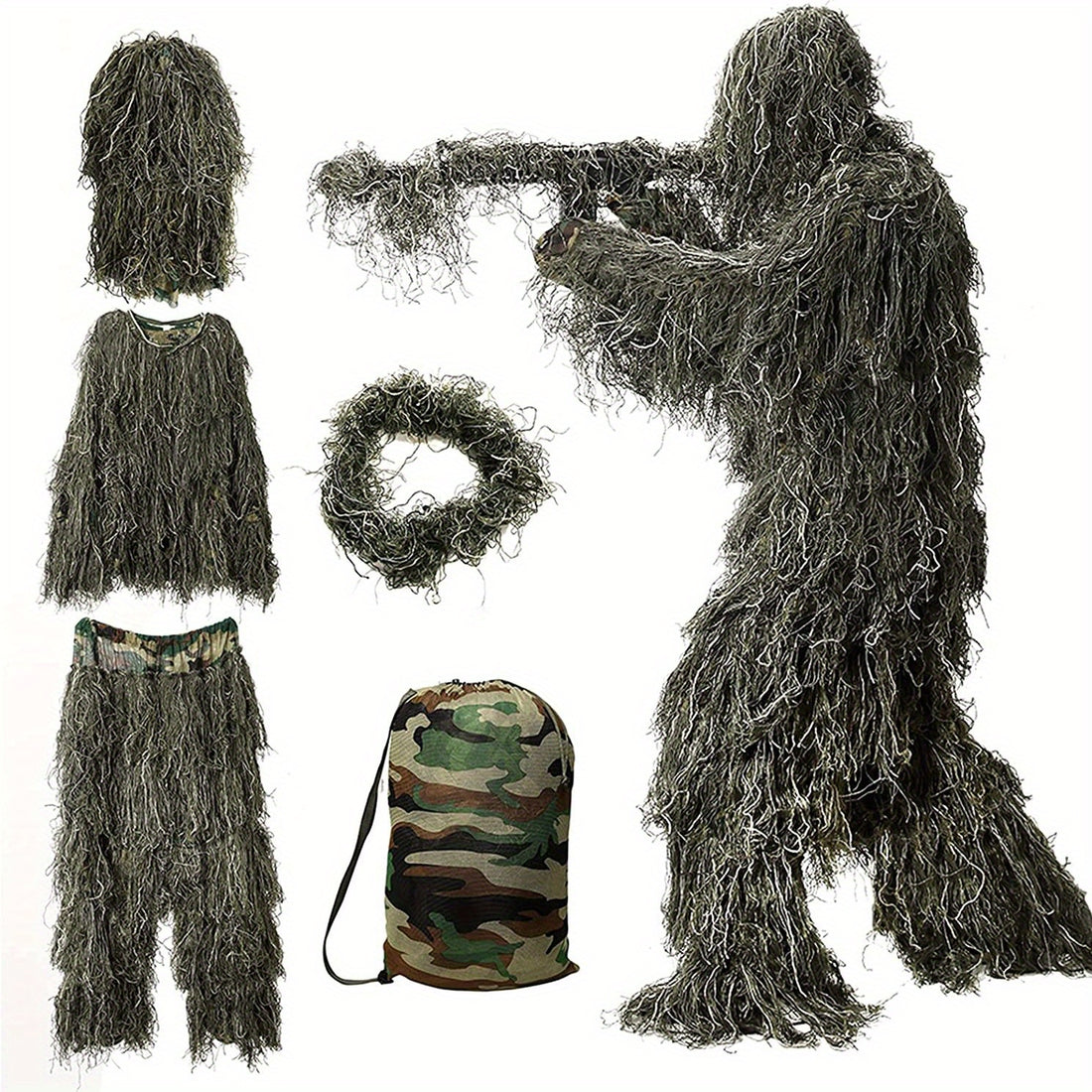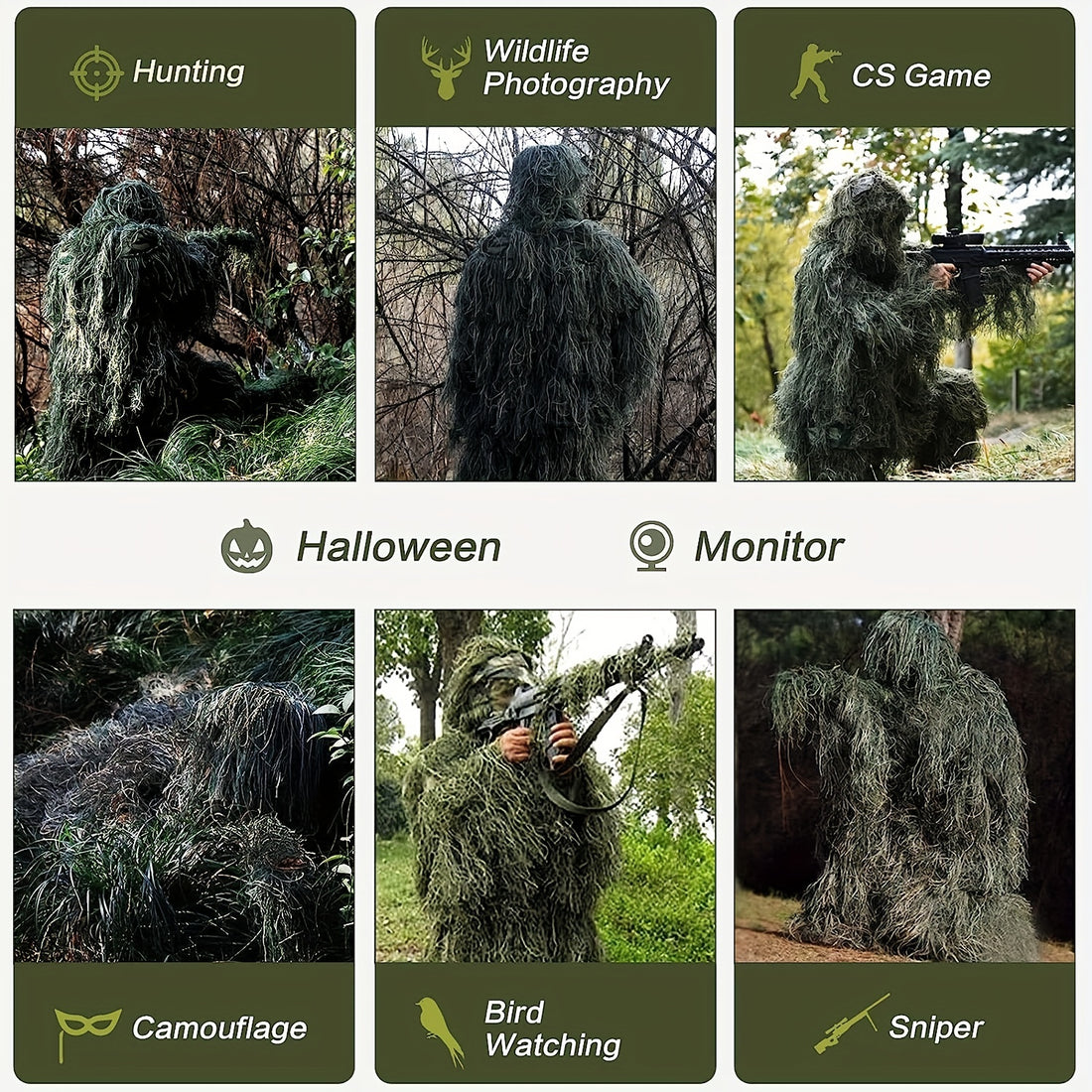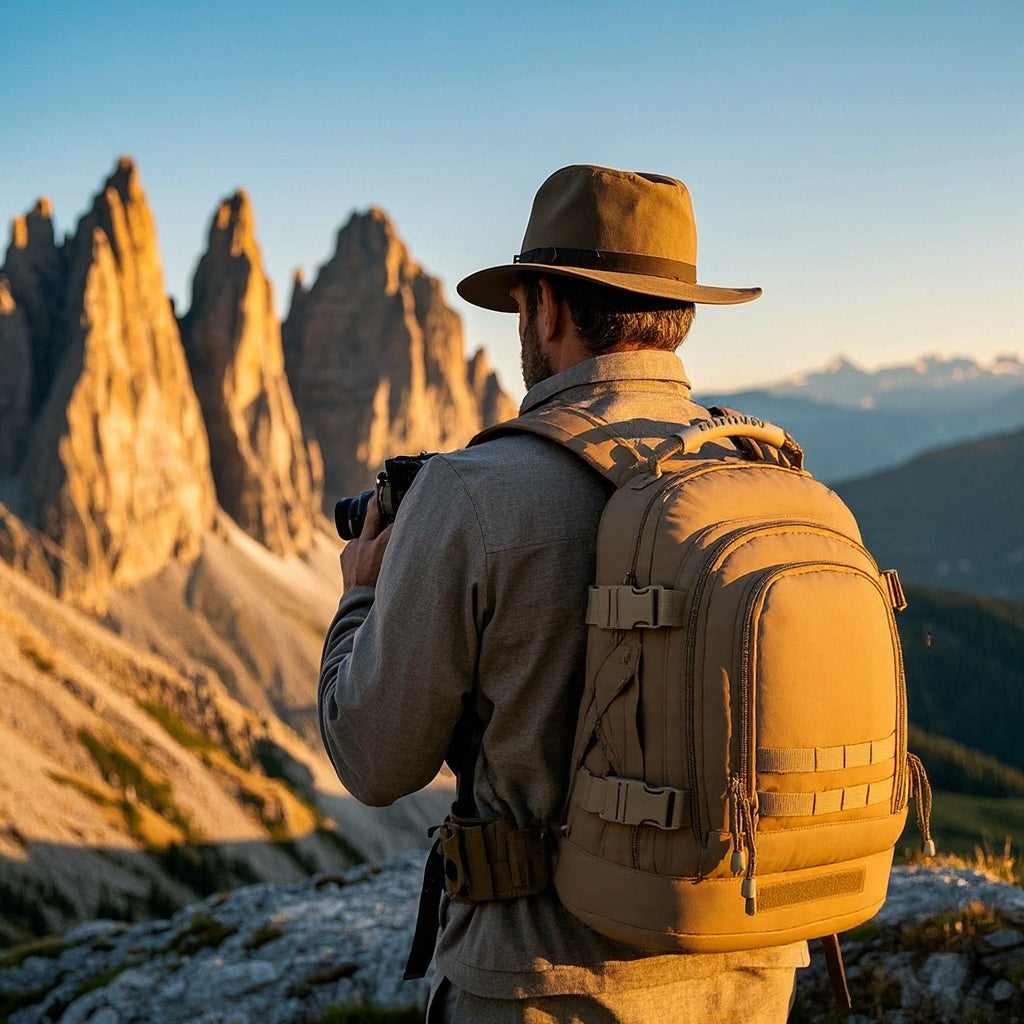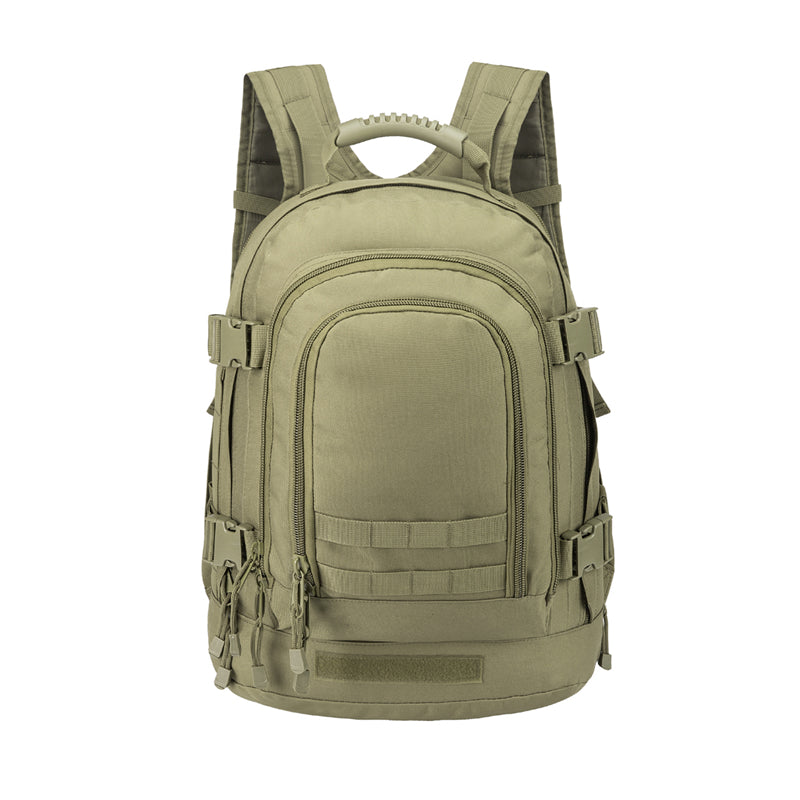In today’s world, personal safety is a growing concern for many people. Bulletproof backpacks are one tool designed to offer protection in dangerous situations, such as shootings. This article explores their purpose, how they work, who uses them, and their limitations, along with practical considerations for potential buyers.
A Simple Definition
A bulletproof backpack is a regular-looking backpack that includes a bullet-resistant panel inside. This panel is made from materials like Kevlar, polyethylene, or other strong fibers designed to stop bullets or reduce their impact.
These backpacks provide a layer of protection in case of an emergency, such as a shooting. The user can wear the backpack to protect their back or hold it in front of their body to shield vital organs.
Note: "Bulletproof" is a colloquial term—no material is truly impenetrable. NIJ standards (National Institute of Justice) define levels of "ballistic resistance".
Bulletproof Backpack Inserts
For those who already own a backpack and want to add protection, bulletproof backpack inserts are a practical alternative. These inserts are standalone bullet-resistant panels that can be placed inside most standard backpacks, providing similar protection to built-in panels.
Made from materials like Kevlar or polyethylene, inserts are typically rated to NIJ Level IIIA, which stops handgun rounds like 9mm or .44 Magnum. Some inserts offer Level III protection for rifle rounds, though these are heavier and less common.
One advantage of using an insert is flexibility. You can transfer the insert between different backpacks, making it a cost-effective option. Just make sure the insert fits securely and doesn’t shift around inside the bag.
Additionally, check for certifications like NIJ standards (e.g., Level IIIA or III) to confirm reliability. For more on NIJ ratings, visit www.nij.gov.
Who Uses Bulletproof Backpacks?
Bulletproof backpacks are for anyone who wants added security in their daily life. They’re most commonly purchased for:
- Children and Students: Parents buy these for their kids, especially in areas where school shootings have raised safety concerns.
- Commuters: Adults who travel through high-risk areas might carry one for extra safety.
- Professionals in High-Risk Jobs: People like journalists, security personnel, or business travelers in unstable regions may use them.
These backpacks blend in with regular designs, so they’re not attention-grabbing, making them discreet for everyday use.
How Effective Are They?
Bulletproof backpacks provide valuable protection but have limitations:
- Levels of Protection
Most are rated NIJ Level IIIA, stopping handgun rounds (e.g., 9mm, .44 Magnum). Some include Level III hard plates for rifle rounds, but Level IV protection (for armor-piercing rounds) is rare in backpacks due to weight and rigidity.
- Coverage Area
The panel protects only a specific area, typically the torso. It’s not full-body protection, so proper positioning is critical.
- Proper Use Matters
In emergencies, users must know how to hold or wear the backpack as a shield. Practice and awareness can improve effectiveness.
Key Features to Look For When choosing a bulletproof backpack
-
Protection Level: Verify NIJ ratings or other standards (e.g., ASTM for international products).
-
Weight: Panels add 1–5 pounds, depending on the protection level. Modern designs are relatively lightweight but heavier than standard backpacks.
-
Comfort: Look for padded straps and ergonomic designs for daily use.
- Durability: Ballistic panels typically last 5–10 years but require proper care (e.g., avoiding extreme heat or moisture).
Best Brands for Bulletproof Backpacks
Several reputable brands offer bulletproof backpacks or inserts with NIJ-certified protection. Examples include:
- BulletBlocker: Offers Level IIIA backpacks with removable Kevlar panels.
- Leatherback Gear: Features backpacks that can convert into vests for front and back coverage.
- Guard Dog Security: Combines Level IIIA protection with features like device charging.
- Premier Body Armor: Provides inserts compatible with popular backpack brands.
- Atomic Defense: Offers backpacks and panels, typically up to Level III, with some marketing Level IV (verify specifications).
Cost Considerations
Bulletproof backpacks and inserts range from $100 to $500, depending on the brand, protection level, and features. Inserts are often more affordable, starting at around $100, while full backpacks with advanced features may cost more.
Common Misconceptions
1. It’s Not a Guarantee of Safety
A bulletproof backpack can reduce the risk of injury, but it’s not a guarantee of survival. Situational awareness and proper training are equally important.
2. It’s Not Just for Kids
While many associate these backpacks with school safety, they’re suitable for anyone concerned about personal safety.
3. Weight and Bulk
While lighter than older models, they’re still heavier than standard backpacks, typically adding 1–5 pounds.
Legal Considerations
Before buying a bulletproof backpack or insert, it’s essential to check local laws. Some countries or states have restrictions on bulletproof equipment, so knowing the regulations in your area is crucial.
For example, in some regions, civilian possession of bulletproof gear may be restricted or require specific permits. Failing to comply with these rules could result in legal penalties or confiscation of the product.
For travel, confirm policies with the TSA (U.S.) or equivalent authorities elsewhere, as backpacks may face extra screening at airport security. Visit www.tsa.gov for U.S. guidelines.
Additionally, some countries view bulletproof gear as military-grade equipment, which could complicate customs clearance. Always research the specific rules for your departure and arrival destinations to ensure a hassle-free experience.
The Debate Around Bulletproof Backpacks
Some people question whether these backpacks are a good solution. Critics argue that they address the symptom, not the cause, of violence.
They believe that focusing on prevention and better security measures might be more effective. On the other hand, supporters see them as a practical tool for added safety in an uncertain world.
Regardless of the debate, the decision to use a bulletproof backpack is a personal one. It depends on your circumstances, concerns, and priorities.
Maintenance and Care
To ensure longevity, store backpacks in a cool, dry place and avoid prolonged exposure to heat or water, which can degrade ballistic materials. Check manufacturer guidelines for specific care instructions.
Conclusion
Bulletproof backpacks and inserts offer a layer of protection in emergencies, providing peace of mind for students, commuters, and professionals. While not a complete solution, they can be a valuable tool when chosen carefully. Research protection levels, legal requirements, and brand reliability to find the right fit for your needs.
Shop tactical backpacks, vests.
Questions or customization/wholesale inquiries? Contact our team here.


